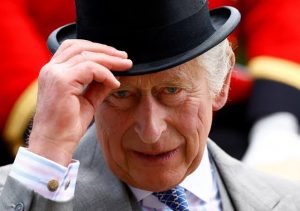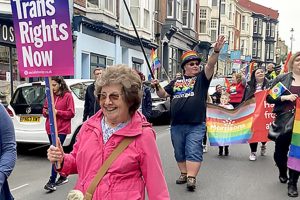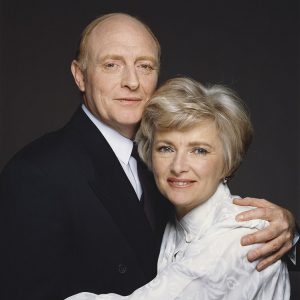Prince Charles III’s accession to the throne as the King of England comes after his mother, Queen Elizabeth II died at 96. He was born Charles Philip Arthur George on November 14, 1948.
As the eldest son of the monarch and her husband Philip, Duke of Edinburg, Charles automatically assumed the titles of Duke of Cornwall, Duke of Rothesay, Earl of Carrick, Baron of Renfrew, Lord of the Isles, and Prince and Great Steward of Scotland.
On July 26, 1958, he was made Prince of Wales and Earl of Chester. After taking his seat in the House of Lords in 1970, Charles became the first royal who spoke from the floor after Edward VII in 1884.
Also Read | Queen Elizabeth II dead: Know about monarch’s age, net worth and titles
As Prince of Wales, Charles took official duties on behalf of the queen, and in recent times was increasingly involved with the workings of the Royal Family. With the Queen’s death, Charles has chosen to be called King Charles III. Queen Elizabeth II broke tradition by keeping her legal name the same as her birth name, and now Charles has followed in his footsteps.
As Charles Philip Arthur George, the new king could have chosen any of these for his title, and many believed he’d stay away from the name Charles. The name has had historically negative connotations among monarchs, with Charles I being executed for treason and Charles II being known for liaisons with several women, including courtesan Moll Davis.
Also Read | Queen Elizabeth II dead at 96: Timeline of health troubles
Charles stepping away from his name would also likely give him a break from the scandals, among which is the affair with his now-wife Camilla Parker Bowles, and recent claims of him accepting £1 million from Osama Bin Laden’s family.
Charles has been the longest-serving heir-apparent, and at 73, he’s the oldest person to become the monarch. Plans for his coronation have been in the works for some time, with the codename Operation Golden Orb.







